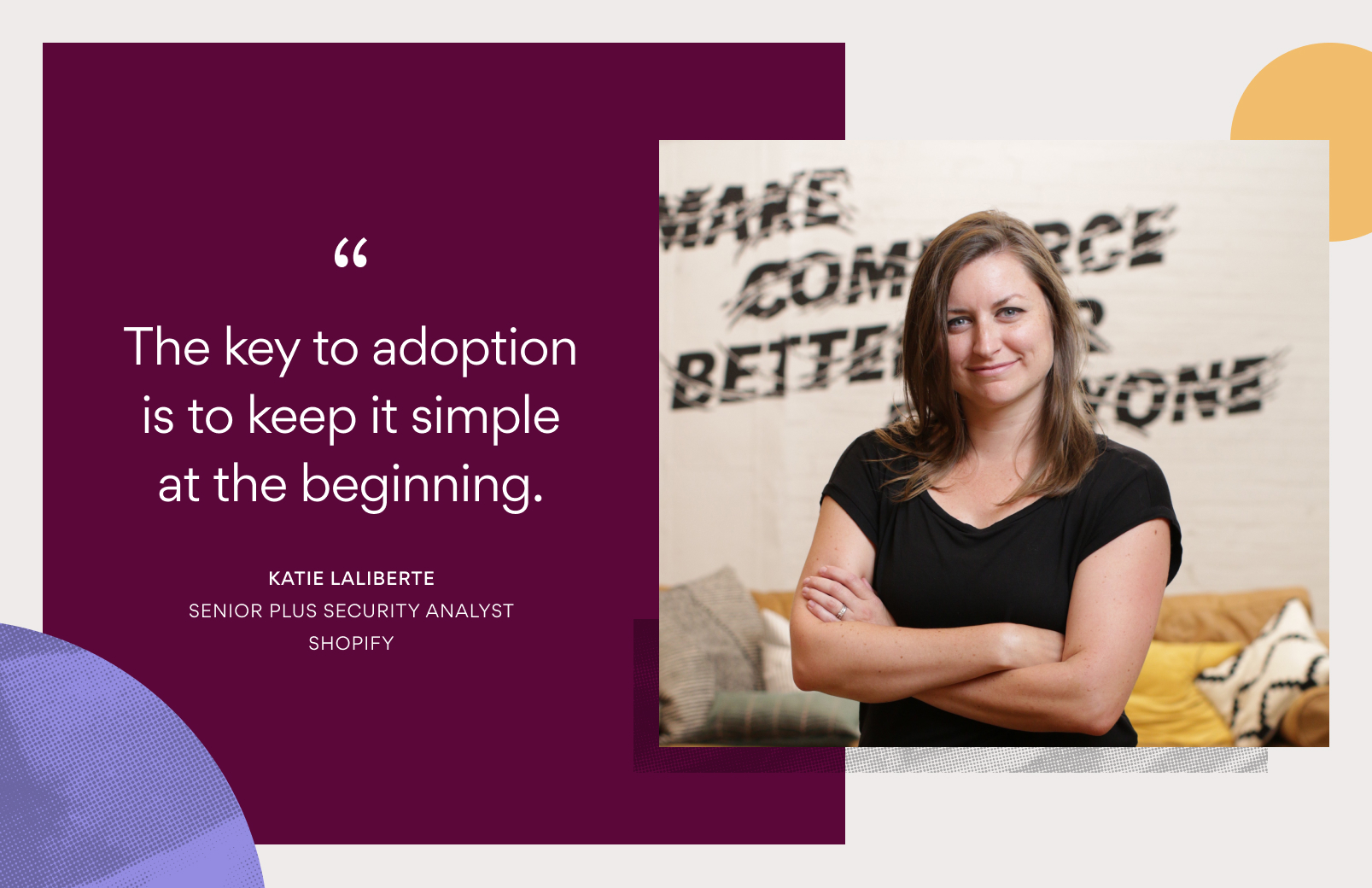Don’t let your onboarding process go haywire
Did you know that nearly 90% of employees decide whether to stay or go within the first six months at a new job? Yikes! Talk about pressure to create a great first impression. Fortunately, a great onboarding experience can help. Not only is it a chance to get new employees up to speed on everything from PTO to functional work, but also to welcome them and make sure they’re just as excited to be there as you and your team.
Although the process will look different from company to company, here are some onboarding best practices to remember:
1. Provide clarity on what to expect before day one
Send an email a few days before your new hires start. Include the first day’s schedule, logistics (e.g. how to enter the building, dress code, etc.), and if they should bring anything (e.g. a personal laptop, HR documents, etc.).
2. Create helpful resources to avoid repeat questions
For questions that come up with every new hire—like company terminology or how to use cross-functional software—create standardized documents to help. Iterate on them regularly, so you can incorporate new questions that come up.
– Asana Tip –
Set up an onboarding project in Asana for each new employee. Break it up into sections and add tasks like “Register for benefits” or “Enroll in our 401k plan.”
3. Don’t over-automate things
Relying on technology and automation (like custom templates in Asana) is a great way to streamline your workflow, but don’t forget to tailor the experience to each person. It’s easy to fall into the automation trap, so remember that onboarding is a personal experience—it’s the first impression new hires will get when they join your company. Find small ways to make new hires feel welcome, not just like another number.
4. Make time for personal interactions
Make sure to schedule in time for new hires to meet other members of the team over lunch, coffee, or a casual one-on-one. Assigning an onboarding mentor to each new hire can also be helpful—their mentor acts as a facilitator and resource throughout their onboarding.
– Asana Tip –
Ask new hires to fill out their profile in Asana so teammates can easily match their face to their name and role.
5. Give context for every role
In addition to general and functional onboarding, provide a way for new hires to learn about other teams and functions across the company. This could take the form of monthly onboarding meetings where representatives from each team give new hires a brief overview, loose 1-1 meetings, or even a shadowing session.
Understanding cross-functional connections and goals encourages new hires to think holistically and will help them see where their work fits into the broader organization.
6. Onboarding should be a soft landing
A new hire’s first week should be a balance of being excited, settling in, and some easy wins. It’s important for the onboarding experience not to feel overwhelming and for new hires to accomplish things—even if they’re small—in their first week.
Make a great first impression
Onboarding is one of the first steps you take towards setting your employees up for success, and it’s an ever-evolving process. As more people join your company, new and different opportunities to improve it will arise, so keep adapting. Get feedback often, find what works for your team, and continue iterating on it with each new hire.
Onboarding is a huge group effort. So many people come together when someone is hired—HR, functional teams, coordinators, IT—that to have their efforts fall flat would be a huge disappointment. But by following these best practices, you can provide a great onboarding experience together.
Learn more about Asana and check out more ways to use it for HR and onboarding.

